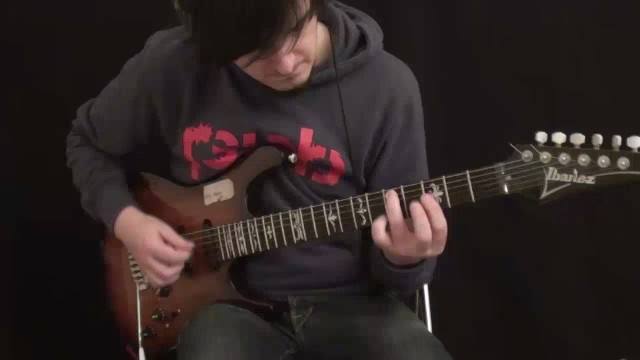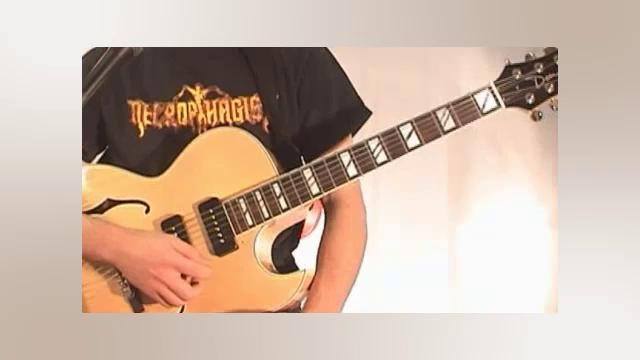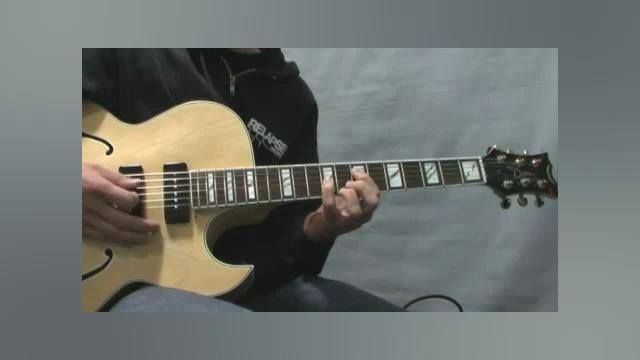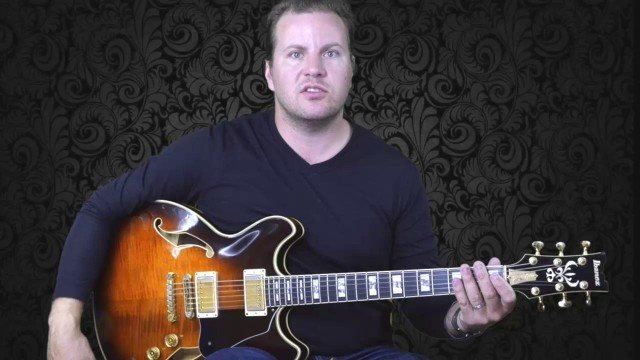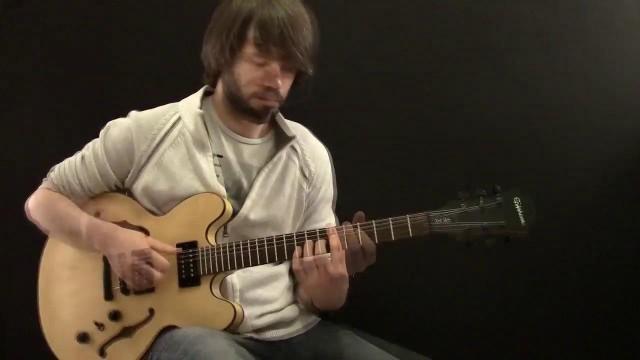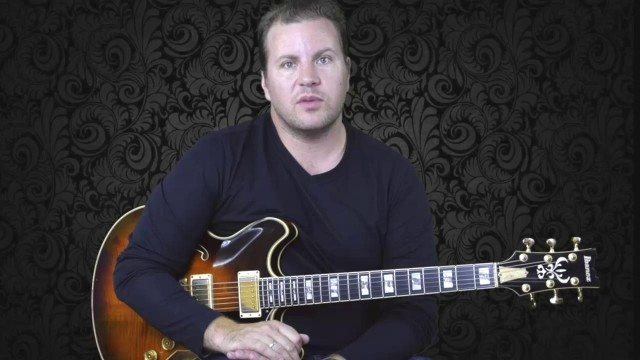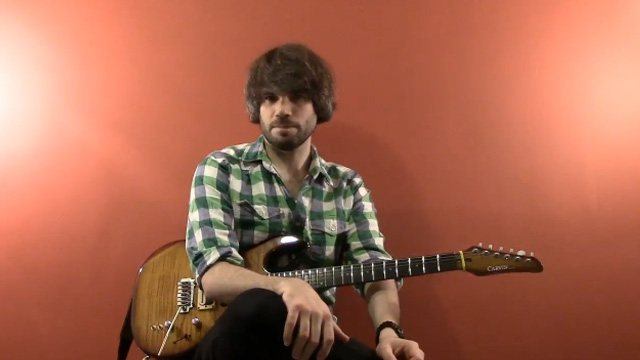Now it’s time to get into some actual playing! The repeating form for head and solos is AABA and here’s the original progression (the triangle stands for Major7):

Here is the progression in roman numerals, which is very useful for analysis and transposition:

Now that might seem huge and confusing for now, but if you take a closer look at this 32 bar form, you’ll notice a lot of repetition. The most obvious pattern being the Bb-G7-Cm7-F7, that is all over the tune. For the sake of getting to play, I’ll skip the further analysis of the actual progression. If you’re unfamiliar with the function of each chord, don’t worry. For now, just focus on getting the voicings and the solo etude down into your fingers and ears! An in-depth harmonic analysis plus scale choices will follow in a future lesson.
So firstly, let’s figure out the chords. For starting out, I’m going to be using what Tom Quayle called “Shell Voicings”. You might wanna look up his tutorial if you’re not sure what they’re about. Have a look at the bottom now. The tab contains voicings for all the chords utilized in the progression.
What rhythms you’re going to use is entirely up to you. My recommendation would be to start out with a simple repetitive pattern and take more freedom as you familiarize yourself with the material.
Note that I substituted the G7 chord of the A-part with a Bdim7. The reason for that is smoother voice leading. The Bdim7 against a G bass actually spells out a G7b9 chord (G-B-D-Ab -> root-3-5-b9). If you’re an advanced player, feel free to add all kinds of color tones and alterations. Another great exercise would be to omit the root notes of each voicing when practicing to a backing track that has a bass player on it (such as the one provided in this tutorial). That means comping (accompanying) utilizing the 3rd and the 7th of each chord exclusively. Hm, sounds like another great future lesson idea, does it?
When you’re done, see you on the next part of this tutorial.



























